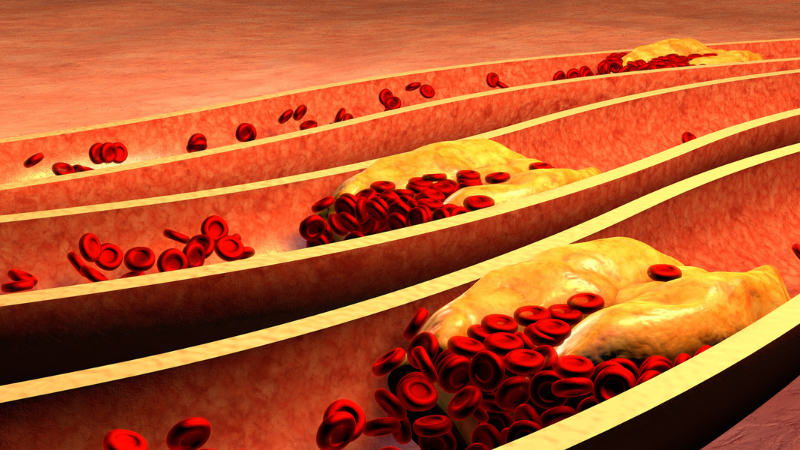By Tapiwa Lewis
Fats (lipids)do not travel throughout the body on their own they are usually carried through the bloodstream as part of a protein molecules and are referred to as lipoproteins. There are two types of lipoproteins that carry cholesterol to & from cells within the body. One is low-density lipoprotein, or LDL. The other is high-density lipoprotein, or HDL.
LDL is considered “bad” cholesterol because it contributes to fatty (plaque) build up in blood vessels (arteries) called atherosclerosis. This narrows the blood vessels and increases the risk of heart attacks, strokes and other forms of heart disease.
HDL cholesterol is considered “good” cholesterol because a healthy level (1 or above) of it in the body, may protect against heart attack and stroke. HDL carries the “bad” cholesterol to your liver, where it can be removed from your bloodstream before it builds up in your blood vessels (arteries).
Triglycerides are a third type of fat (lipid) also found in your bloodstream. After a meal, your body converts any unused energy (calories) not used right away into triglycerides or fats. These triglycerides are stored in your fat cells. They can later be broken down, for energy between meals. Consuming more calories than your body can burn causes triglycerides to build up in the bloodstream, which also increases your risk for heart disease.
It’s important to note that there are usually no visible symptoms of high cholesterol. You will not develop any symptoms until you are experiencing the consequences of prolonged periods of high cholesterol in the body like heart disease, stroke etc. The body needs some cholesterol to function, but when levels get too high, fatty deposits can accumulate in blood vessels leading to complications described above.
A person’s risk of heart disease and stroke rises as ” bad” blood cholesterol levels increase. The good news is, you can make lifestyle changes to lower your bad cholesterol by eating foods low in saturated fat and cholesterol as well as losing weight in a healthy manner. Some of the foods you want to start consuming more off include whole grain breads and cereals like brown rice and barley. Eating more dark green vegetables like covo and spinach. As well as more orange vegetables like carrots and sweet potatoes. If cutting meat completely out is not something you can commit to right now then its important to include low fat or lean meats like fish and poultry in your diet. If all this seems overwhelming, I suggest you start slow, by eliminating overly processed food with preservatives from your diet as a start point. This includes things like white sugar, soft drinks, white bread, bacon, sausage, etc. just to name a few.
The key to living a life free of heart disease is to manage your cholesterol before it becomes a problem. You can get this done via regular blood tests for cholesterol levels, eating a healthier and more balanced diet, as well as exercising regularly. Even small changes like managing stress and maintaining a healthy weight have been shown to lower LDL levels and raise HDL levels.

